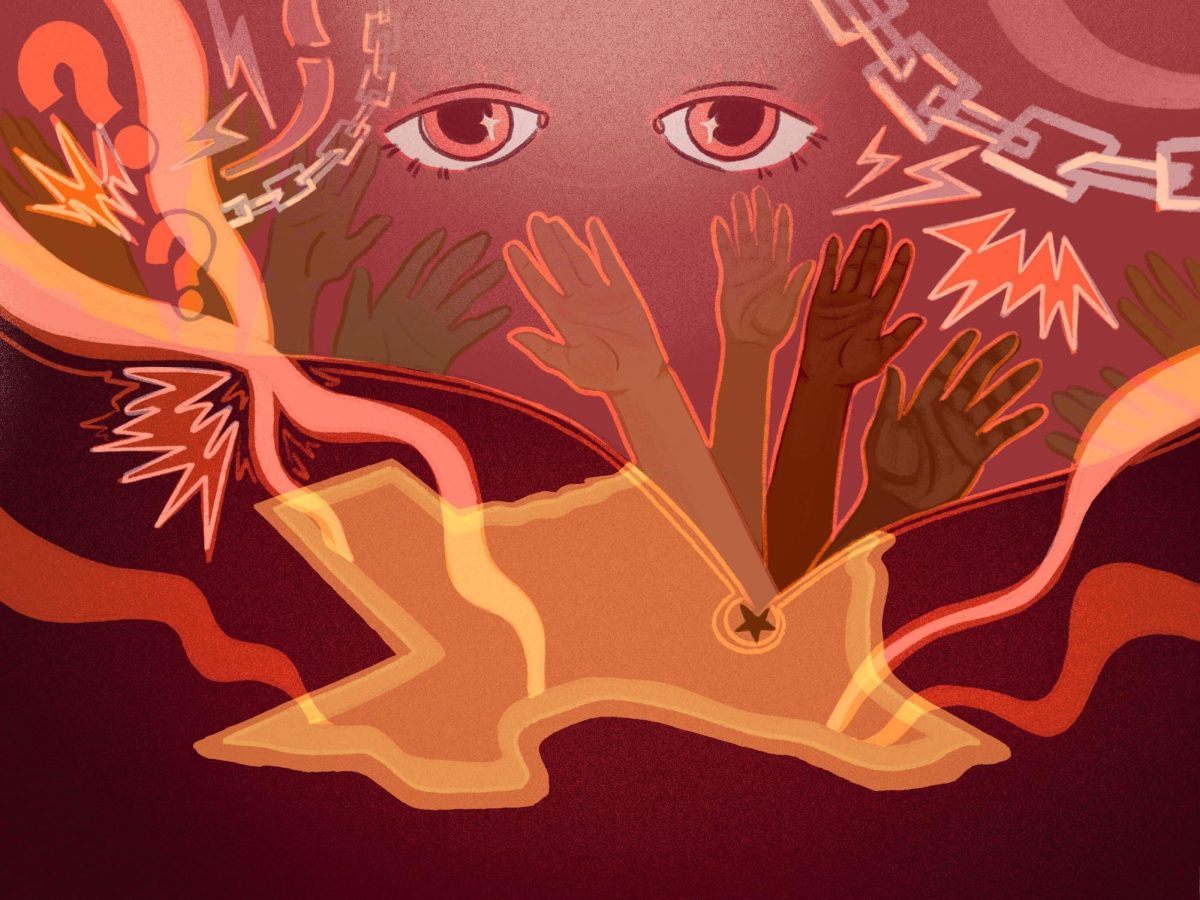In his poem “The Waste Land,” the Anglo-American poet T. S. Eliot famously wrote, “April is the cruellest month.” September, too, has been a particularly cruel month to Americans, but not for its role as an awkward transition period between seasons. Instead, man and his guns are to blame for many of America’s autumnal tragedies. From the 2010 shooting in the Perry-Castaneda Library to the most recent tragedy yet, the shooting at the Washington Navy Yard, the month of September has seen Americans devastatingly and terrifyingly exhibit the destructive capacity of a gun in the wrong hands.
Three years ago Saturday, that specter hit close to home for the UT community when a 19-year-old math sophomore named Colton Tooley shot himself dead on the sixth floor of the Perry-Castaneda Library. Although Tooley spared everyone but himself in his armed trek across campus, he struck fear into the heart of everyone who ran for cover in whatever nook or cranny they could find when he crossed their path.
More recently, on Sept. 16, Texan Aaron Alexis, a government contractor, entered the Navy Yard in Washington for what would have seemed to other employees like a normal workday. Instead, he quickly unleashed a ferocious, merciless reign of terror that left 13 dead in all, including himself. While Alexis’ actions have once again ripped open an old and very deep emotional wound, even more stinging was the revelation last week that Alexis had twice been arrested on gun charges and had been discharged from the reserves for disciplinary infractions. In a country still waging a war on terror abroad, we allowed yet another aggrieved, clearly mentally ill misfit to give vent to his anger in the most damaging way possible right here at home.
Mass shootings are a particularly visible reminder of a gun violence epidemic that kills more than 30,000 people in the United States every year, according to the U.S. Centers for Disease Control and Prevention.
But how do we stop the carnage and terror? That goal is completely uncontroversial: No one, regardless of political affiliation, is suggesting sitting idly by so gun violence can continue
untempered. No one is turning a blind eye or denying the importance of tackling this issue head-on.
Where people disagree, of course, is in the area of solutions. Gun rights advocates remain steadfast in their belief in the sanctity and inalienability of the right to bear arms while gun control advocates want to halt the flow of guns to criminals in the first place.
Gun rights advocates support placing armed guards and teachers in every school to quicken the response time to unforeseen violence. However, that seems like nothing more than a palliative measure designed to address the effect, rather than the cause, of a nationwide epidemic. Gun rights advocates reason that it’s impossible to completely stem the flow of illegal firearms and assume that it’s essentially useless to try to stop it. We agree with the first part but find it petulant of guns-rights supporters to dig in their heels and take an all-or-nothing approach to a problem that continues to claim the lives of helpless, innocent victims.
Because of the variegated nature of state laws on guns, at least some of the necessary solutions are going to have to come from Washington. A good place to start would be with a new federal assault weapons ban. As a Department of Justice report stated in the late ‘90s, “Assault weapons are disproportionately involved in murders with multiple victims, multiple wounds per victim, and police officers as victims.” Admittedly, there’s only conflicting evidence that the original ban, in place from 1994 to 2004, had any effect on gun violence at the time, but that may be attributable to the fact that assault weapons are only used in a relatively small number of gun crimes. Instead, what the law left out was high-capacity magazines, which, according to The Washington Post, are used in “as many as a quarter of gun crimes.” Any new ban will have to place greater restrictions on this type of ammunition to make a real dent in the gun violence epidemic.
Like April, September is a time of great turbulence and change. While the month is about to come to a close, perhaps it can be the catalyst for a more positive change, one that will save lives rather than take them.















